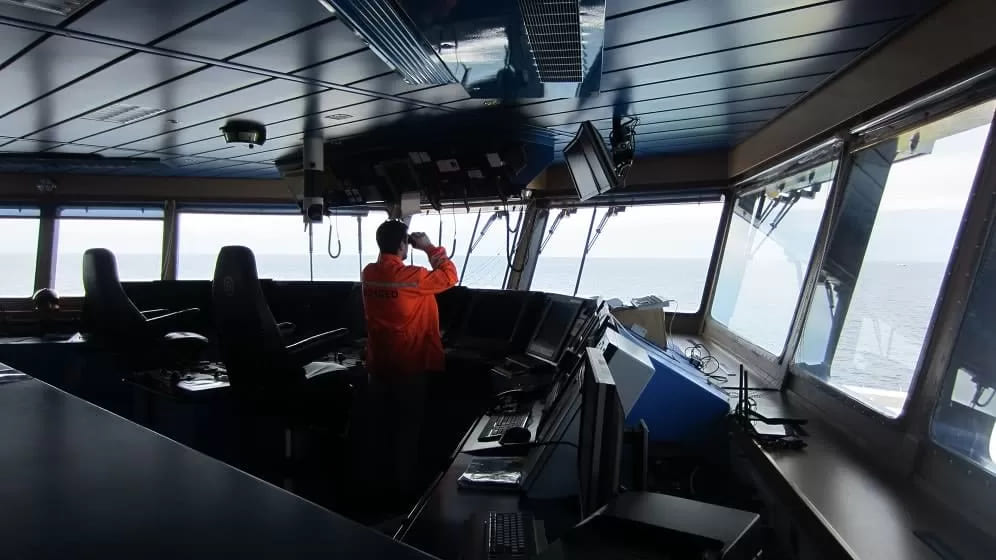It is impossible to ensure the intensive development of oil fields and the abundance of oil extracted from the field only with natural reservoir energy. In order to achieve a higher oil yield rate and the rate of oil extraction from the productive layers in the oil field, formation pressure maintenance methods are utilized; namely, water and gas are injected into the formations with high pressure.
Based on the analysis of the results in the initial phase during the implementation of the project, a phased principle of the implementation of processes in the next continuation of the project can be established. The next roadmap for the processes can be prepared by starting with a partial implementation. By doing so, we can assess the initial results before the project is fully operational and determine the operational area to check the effectiveness of the application of the process.
For our method, the first step is to create a 3D model of the oil field. The creation of a geological 3D model, including underground geological features in 3D format, involves the use of special software and geospatial data. Here's an overview of the steps involved in creating a geological 3D model: gathering geological information such as well books, coordinates, geological maps, cross-sections, and structure data. Initially, building the structural model requires a high degree of accuracy, as it forms the skeleton of the next stages. Once the structural model is established, we proceed to build a 3D grid model, adapting its dimensions to the oil field. Later, facies, petrophysical, and water saturation models are constructed. The defined network facilitates water injection by choosing the right areas with the help of cuts in the model.
In the project's implementation, it's imperative to choose the right wells. We have well books and well passports stored electronically, which aid in reviewing wells and logs with compiled data. Regular visits to oil fields and well sites are necessary to clarify problems and questions. After choosing the right wells and area, the most crucial part begins: injecting water into a productive oil well in the chosen area. Over time, productivity can be obtained from the surrounding wells.

